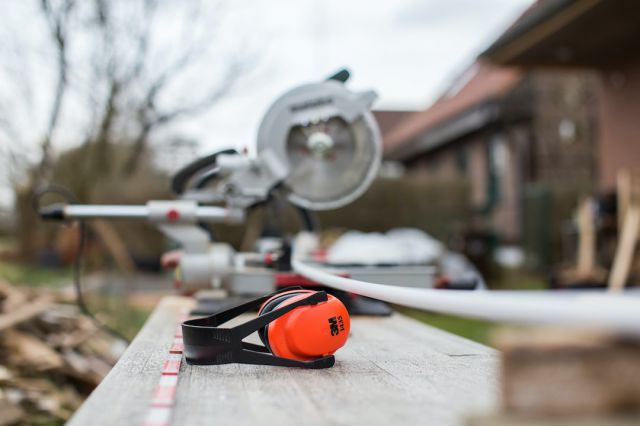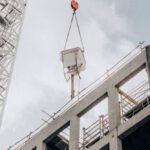Safety should always be a top priority when working in hazardous conditions. And while the use of protective gear is essential, it’s important to make sure that your ear protection is effective. Whether you’re working in a loud environment or engaging in recreational activities, such as shooting or motorcycling, wearing the right ear protection can help reduce the risk of hearing loss. Here’s what you need to know to make sure your ear protection is effective.
Know Your Environment
The first step in selecting the right ear protection is to understand the environment you’ll be in. The level of sound exposure will play a big role in determining the type of hearing protection you need. For instance, if you’re going to be in a loud environment, such as a factory, you’ll need earmuffs that provide a higher level of protection than if you’re engaging in an activity like shooting.
Choose the Right Type of Protection
Once you’ve assessed the environment you’ll be in, you can then select the right type of ear protection. There are three main types of ear protection: earmuffs, earplugs, and custom-molded earplugs.
Earmuffs are a good choice for industrial settings or any environment that involves prolonged exposure to loud noises. They provide the highest level of noise reduction and are adjustable and comfortable to wear.
Earplugs are a good choice for recreational activities, such as shooting or motorcycling. They’re also beneficial for people who work in loud environments but may not need the highest level of protection.
Custom-molded earplugs are designed to conform to the shape of your ear, allowing for a secure and comfortable fit. They’re ideal for people who need to wear ear protection for long periods of time.
Check the Noise Reduction Rating
When selecting ear protection, it’s important to check the noise reduction rating (NRR). This indicates how many decibels the product can protect you from. For instance, a product with an NRR of 30 can reduce noise levels by 30 decibels.
The higher the NRR, the more effective the ear protection. However, you should also keep in mind that the NRR isn’t a guarantee of protection. In other words, the ear protection may not be as effective as indicated by the NRR if it’s not used correctly.
Ensure the Fit
Once you’ve selected the right type of ear protection, it’s important to make sure it fits correctly. If the ear protection is too loose, it won’t provide adequate protection.
For earmuffs, make sure the headband is adjusted so that the ear cushions sit firmly and comfortably around your ears. Also, check to make sure the ear cushions aren’t worn or damaged.
For earplugs, make sure they’re inserted correctly and that they fit snugly in your ear canal. For custom-molded earplugs, make sure the seal is tight and that the plugs fit comfortably in your ears.
Check for Wear and Damage
It’s also important to inspect your ear protection regularly for wear and damage. If the ear protection is worn or damaged, it’s likely to be less effective.
For earmuffs, check for any tears or wear in the cushions or headband. And make sure the connections between the cushions and headband are secure.
For earplugs, check for any tears or holes in the plugs. And make sure the seals are still in place.
For custom-molded earplugs, make sure the plugs still fit snugly in your ears and that the seals are still intact.
Conclusion
Effective ear protection is essential for reducing the risk of hearing loss. By understanding the environment you’ll be in, selecting the right type of protection, checking the noise reduction rating, and ensuring the fit, you can make sure your ear protection is effective.






